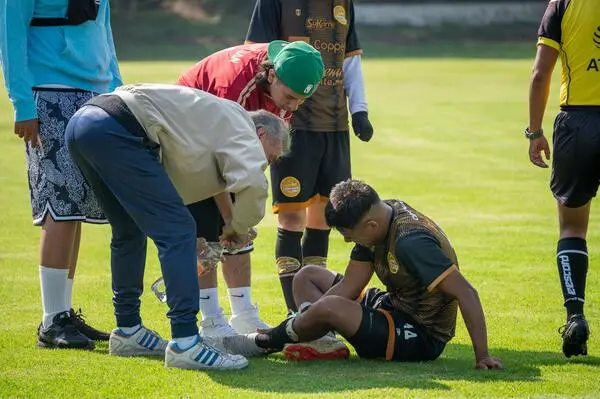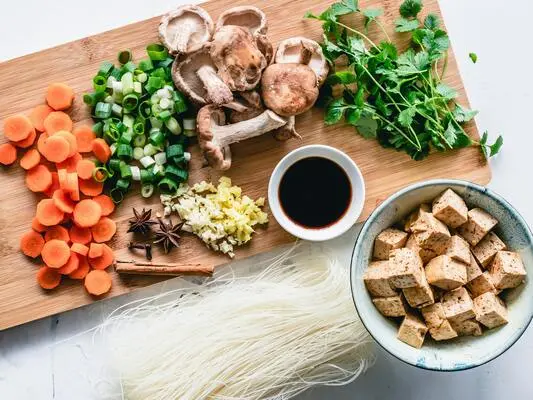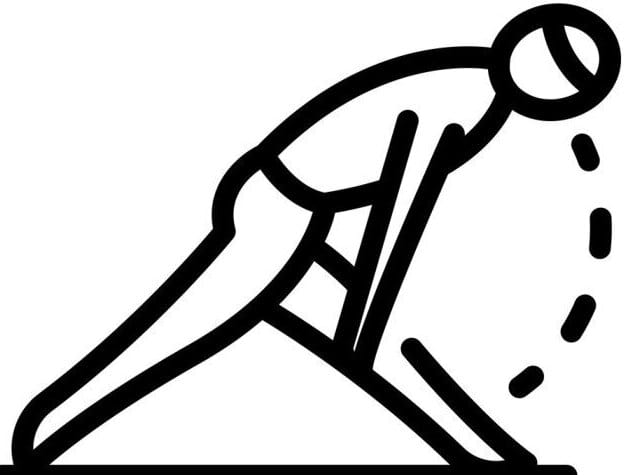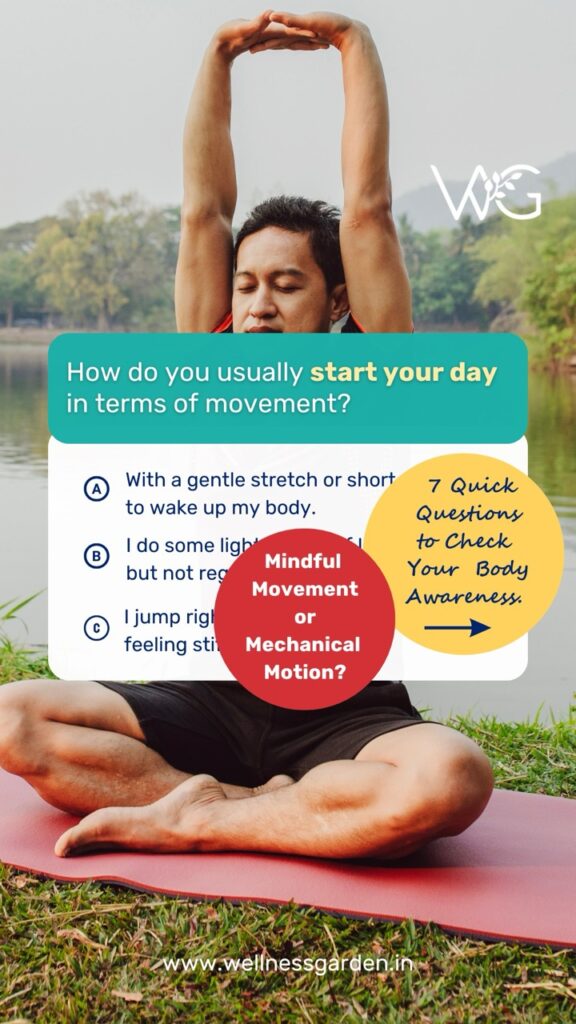Introduction to Sports Medicine with Ayurveda
- Movement
- 5 mins
- August 9, 2023
- Dr Rashel Miracle Rego, M.S (Ayu), I-AIM
- Ayurveda, Sport Therapy
Ayurveda does not use steroids to enhance performance and will never fall under the shadow of doping, which is popular in sports circles. Moreover, Ayurveda treats most injuries without invasive surgical procedures and has proven to be highly effective for the treatment of injuries to soft tissues such as ligaments, tendons, and meniscus. Since the procedures are mostly non-invasive, there is minimal scarring, tissue regeneration is faster, and the injured sportsperson gets back to the field quickly after treatment.

History of Sports
If we consider the stone ages, we can see that sports initially developed as a form of combat and warfare which was necessary for survival. As the years progressed, contests began to be held which marked the beginning of Sports as an area to exhibit one’s physical strength. In India, right from the Vedic period, we find that people were expected to be well-trained in archery, swimming, military games, sword fighting, horse-chariot racing, wrestling, and hunting. This was seen in other parts of the world as well especially Greece, where sports was first instituted formally, with the first Olympic games recorded in 776 B.C. With sports, the injuries followed, right from the simple sprain and cramps to the deadly concussion and head injuries. This led to the development of sports and exercise medicine as a specialty today.
What is SEM?
Sports medicine, also known as Sport and Exercise Medicine (SEM), is a branch of medicine that deals with physical fitness and the prevention and treatment of injuries related to sports and exercise. It is only since the 20th century that this has emerged as a distinct field of healthcare. The doctor trained in Sports and exercise medicine is a specialist Orthopeadician who has extensive training and education in musculoskeletal medicine. SEM consultants also deliver clinical physical activity interventions, negating the burden of disease directly attributed to physical inactivity and the compelling evidence for the effectiveness of exercise in the primary, secondary, and tertiary prevention of disease. Also, these doctors are frequently involved in promoting the benefits of physical activity, exercise, and sports medicine for individuals and communities.
Ayurveda: Optimal Exercise Practices and References to Sports Injury Treatment
Exercise (Vyayama) has been given great importance in the daily regimen (Dinacharya). A person who follows this regimen will have the lightness of the body, improved agility, a fit and strong body, improved metabolism, and reduced fat tissue. Great care has to be taken by a person following Vyayama as there are specific rules on how it needs to be followed; it can be done for a longer duration in the cold climate and spring but should be done moderately in other seasons. One has to always exercise half of one’s capacity even if he/she is strong and eats oily food. After exercise, an oil application on the body (Deha mardana) needs to be done but is strictly contraindicated in very young children, old people, and the ones suffering from diseases.
Exercise therapy in Ayurveda has been explained in various contexts, such as in the context of rehabilitation for fractures, in conditions like shoulder pain/frozen shoulder, and in the context of certain neurological conditions with sports medicine. Traditionally, the Kalaripayattu gurus from Kerala have been treating sports injuries for centuries using innovative traditional methods of bandaging using mixtures of traditionally known herbs and oils with excellent outcomes. This branch is also sometimes referred to as Kalari Chikitsa. Sprains, muscle tears, tendon injuries, and ligament injuries are commonly seen in people training for such rigorous forms of martial arts.
Ayurveda Diet

The following diet is recommended for people suffering from sports or exercise injury:
- Drink the first milk of a lactating cow (Ksheera) with processed ghee and Kakolyadi gana post-eating food.
- Laksha ksheerapaka (Laccifer lacca) is said to be very good for healing ligaments and bone injuries.
- Red rice, meat soups, and legume soup processed with ghee (Kalaya Yusha).
- One has to avoid salty, spicy, alkaline, sour, and dry food. Also, one must maintain celibacy, avoid exercise, and excess exposure to sunlight.
Conditions Caused by Sports Injury
Some of the Ayurvedic terms related to Sports Injury are:
- Agantuja Vyadhi – a disease that refers to the one caused by external injury (Abhigatha).
- Fractures (Sandhimukta) and dislocations (Kandabhagna).
- Vyayama Atiyoga – is exercising in excess which can lead to electrolyte imbalance, wasting of the body, loss of consciousness, bleeding disorders, fatigue, cough, pyrexia, and vomiting.
- Excessive jumping, running, and excessive straining may often lead to musculoskeletal injuries.
- Sadhyo vrana – where 6 types of traumatic wounds have been explained such as excised wound, open/incised wound, piercing injury, abrasion, crush wound, and kshata.
Ayurvedic Treatment Methods
The below-mentioned sports medicine is to be done rigorously once or twice a day as a part of in-patient care:
- Lepa and Kashaya Dharas given in the initial stages to reduce the inflammation.
- Janu vasti and Pizzichil of the affected joint with specific oils. (Murivenna, Kottumchukkadi, Balashwagandhalakshadi, Mahanaryan taila, etc.)
- Medicated steam application on the affected joint.
- Crepe bandaging using medicated oils done in a specified way.
- Leech applications to improve vascularity.
- Specific Ksheera Vasti and Anuvasna vasti, a 15-day or 30-day medicated enema (vasti) course.
Outpatient care is not preferred in these cases because rest and immobilization (partial) are the two things that are a must for the initial 3-4 weeks. After all this, based on the condition, knee strengthening exercises are to be followed in the long run with regular use of a knee cap or crepe bandage for 4 more weeks; knee strain and rigorous activities need to be avoided. After 3 months, a kneecap has to be mandatorily used if the person wishes to get back into sports.
As per Acharya Sushrutha, these injuries are easier to manage at a younger age, with very little dosha involvement, and in colder climates. As the age advances, so does the time for healing of these injuries by sports medicine.
As far as possible, a sportsperson needs to take care of him/her throughout the game and at the same time continue to play a good game. It may seem a hard goal to achieve but is very important. Always use the required protective gear in all sports, this can reduce the major injuries that can happen, even during practice. Never play any sport until your body is fit, hence follow exercises or Yoga regularly as per the directions in Ayurveda as sports medicine to have a more flexible body. Follow oil application every day as a routine post-exercise or any sport as this will strengthen the body.
A Word From WG Team
Wellness Garden is your committed partner in seeking comprehensive natural and holistic therapies to address all your pain and wellness requirements. Our approach encompasses the entirety of your body, mind, and environment, integrating body, mind, and nutrition therapy and various other techniques.
Whether facing physical or mental health concerns, life hurdles, or simply aiming to enhance your overall well-being, we’re here to provide the support you need. Get in touch with us to explore the possibilities and embark on your journey towards holistic therapy.
- Table of Contents
- • Introduction
- • Ayurvedic approach
- • Treatment of Sports Injuries
- • Case Study
- • A Word From WG Team
Recent Posts
Join Our Newsletter
End note from WG Team
Dr Rashel Miracle Rego, M.S (Ayu)
I-AIM Healthcare
Take the next step in your wellness journey. Discover how our curated non-allopathic therapies can complement newfound knowledge at www.program.wellnessgarden.in or reach out for personalized guidance to our team at info@wellnessgarden.in.
Disclaimer: This information is provided for educational purposes and should not be construed as medical advice. Please consult with healthcare practitioners before undertaking any changes in wellness routines or adding new therapies.
Latest Blogs
Check out some of your blogs related to your interest.
- September 21, 2025
- Dr. Miuru Jayaweera
- 3 Mins
- September 6, 2025
- Dr. C. A. Ansar
- 3 Mins
- September 4, 2025
- Dr. Khyati Singh
- 3 Mins

- August 30, 2025
- Namrata Purohit
- 2 Mins





